12 Things You Need to Know About Hydrangeas
Hydrangeas are often referred to as some of the most beautiful flowers that you can grow in a garden! Most people worry that they may be too hard to grow. That’s definitely not the case especially after you learn these 12 things you need to know about hydrangeas.
Hey there, it’s Kelly, and today I’m excited to share with you 12 things you need to know about hydrangeas that will help you when growing them for yourself. If I can grow them then you can too!
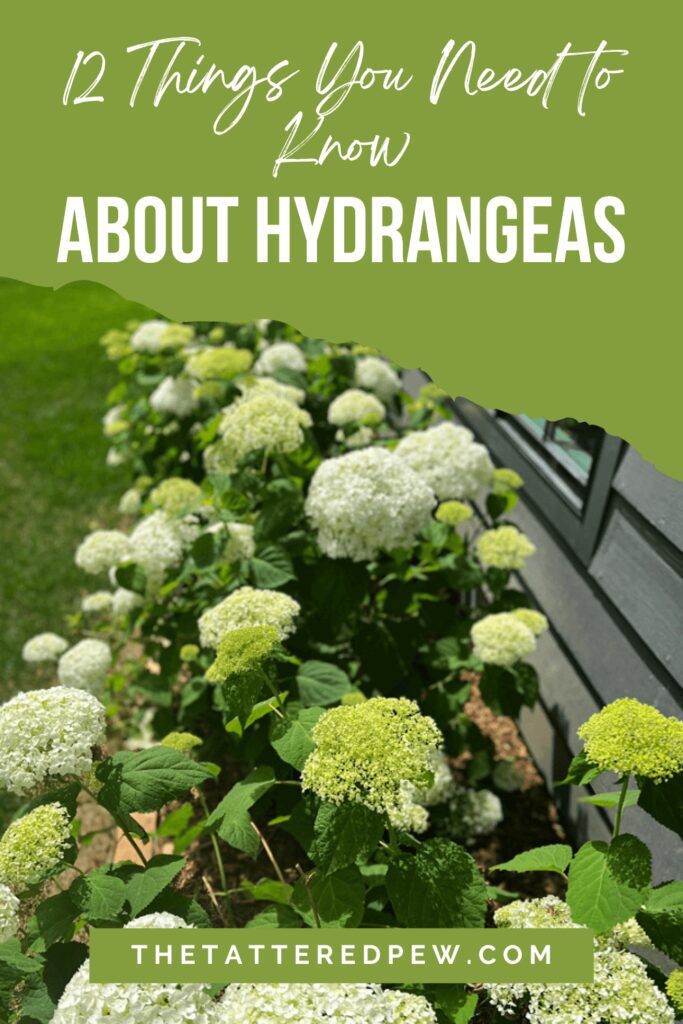
*As an Amazon Associate, I earn from qualifying purchases. This post contains other affiliate links too for your convenience. Click here to read my full disclosure policy.
Disclaimer
Just to be clear, I am by no means a flower expert. I just love getting my hands dirty and sharing what works for me in hopes that it will work for you too. I encourage you to do hydrangea research like I did (mainly on google and Pinterest) to see how they will best work for you and your garden zone. We live in northern Colorado which is zone 5b, but these tips are very general and will work for all zones.
12 Things You Need to Know About Hydrangeas
If you are anything like me then you have loved all types of hydrangeas for as long as you can remember! It took me years to muster up enough courage to grow them myself. Finally, now that I have grown them and done so successfully for a few years now I figured I would share 12 things that I learned about them. I’m hoping they help you too in your quest for how to plant and take care of hydrangeas!
1. Varieties Of Hydrangeas
The first thing you need to know about hydrangeas is that here are different varieties of hydrangeas, including the mophead, lacecap, panicle, and oakleaf.
Mopheads are the classic big rounded flowers that we all know and love, while lacecaps have a flatter flower head. The panicle hydrangea has a conical shape and blooms late in the summer. The oakleaf hydrangea has a cone-shaped flower head and foliage that turns a beautiful burgundy color in the fall.
This is a great article from Gardenia.net on how to identify hydrangeas. It is a helpful resource with pictures!
My favorites to grow here in Colorado where I live are the Limelight hydrangeas and Annabelle hydrangeas. I have both varieties in our yard currently.
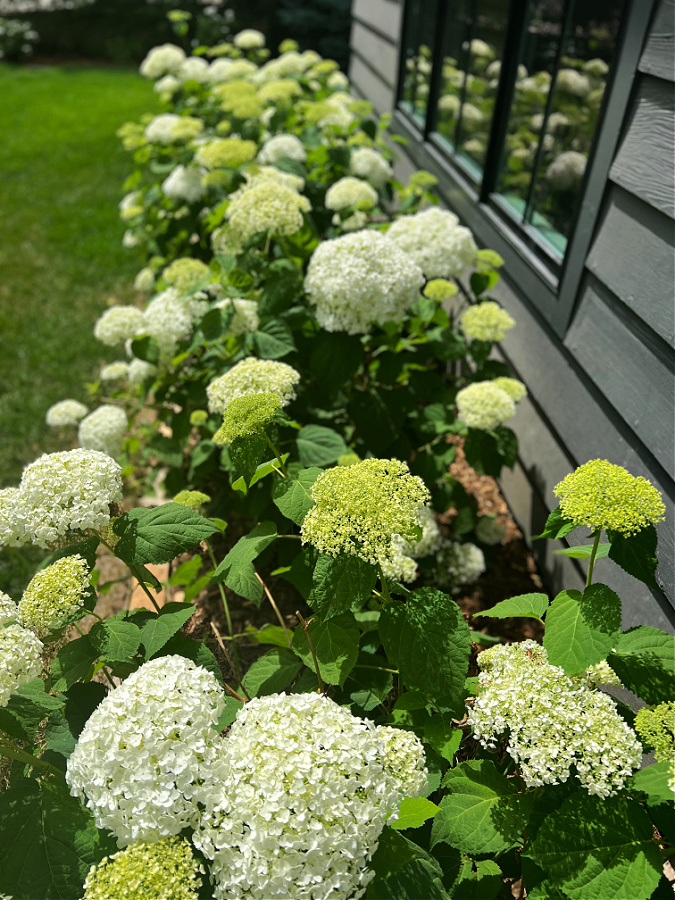
2. How to Plant Hydrangeas
You should plan to plant your hydrangeas in the early spring or during the fall. Hydrangeas do best when they are in an area that provides some shade.
Good drainage is always a must when planting hydrangeas. You don’t want your roots to get too wet or they will rot. To provide the best start for your hydrangea plant make sure to use a good mix of organic materials as well as well as fertilizer specifically for hydrangeas. (This is my favorite hydrangea fertilizer)
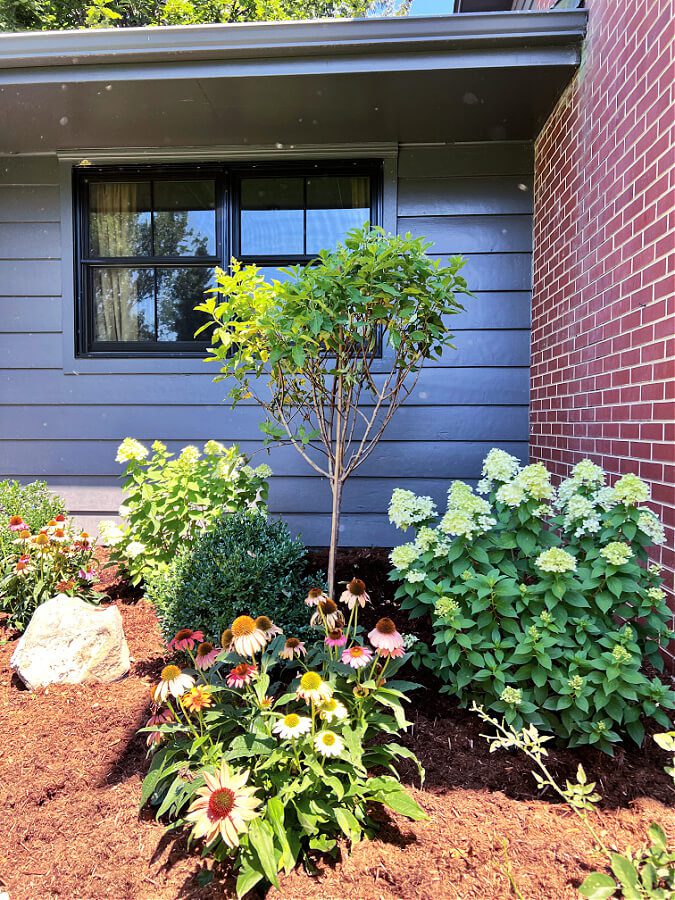
3. Pruning Hydrangeas: Old Wood vs. New Wood
When it comes to pruning your hydrangeas, it’s important to know whether they bloom on old wood or new wood.
Old wood is the branches that have been on the plant since the previous year, while new wood is the current year’s growth.
If your hydrangeas bloom on old wood, you’ll want to prune them right after they finish blooming, so you don’t cut off next year’s blooms. If your hydrangeas bloom on new wood (Annabelles’s and Limelights), you can prune them in the late winter or early spring before they start to grow. I found this resource from The Spruce on pruning Annabelle hydrangeas very helpful!
4. Where Do Hydrangeas Grow Best?
Hydrangeas prefer partial shade and grow best in gardening zones 3-9. You can plant hydrangeas in the sun but they do need some protection from the afternoon heat which can be too harsh for hydrangeas. Partial shade is always a good ideas.
If you need to know what zone you are in you can visit this page and enter your zip code and it will tell you your zone!
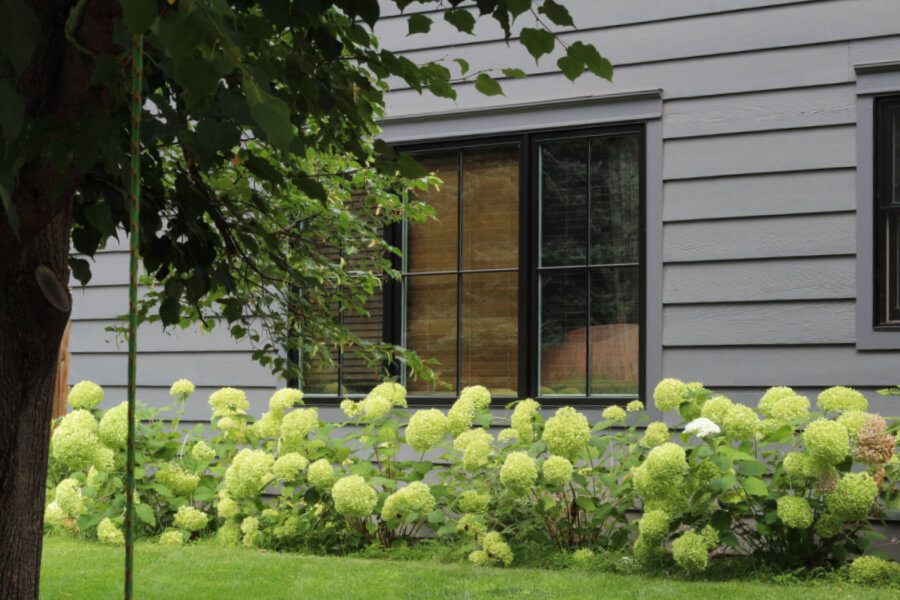
5. How to Care for Hydrangeas
How to care for hydrangeas is usually the number one question asked about these lovely flowers! Hydrangeas are know for loving and needing water! You may have noticed that the beginning of the actual word the prefix is, “hydra” which means water! These lovely plants will let you know when they need hydration because you will notice their leaves wilting! But warning…be careful not to over water them or their roots will rot. I have mine on a drip system that runs every other day.
Hydrangeas love to be fed, so make sure to give them fertilizer two times a year. This is one of the best ways for how to care for hydrangeas. First in early Spring and next in the Fall. Use a fertilizer specifically designed for hydrangeas, and follow the instructions on the package. Be careful not to over-fertilize, as this can burn the roots. This is my go to fertilizer.
6. Are Hydrangeas Perennials & When Do Hydrangeas Bloom?
YES, hydrangeas are perennials and they will come back year after year! This is great news for those who want to enjoy their beautiful blooms year after year.
The blooming season for hydrangeas is typically from late spring to early fall, depending on the variety. Their continuous blooms are lush and fabulous for filling in spots and making hedges.
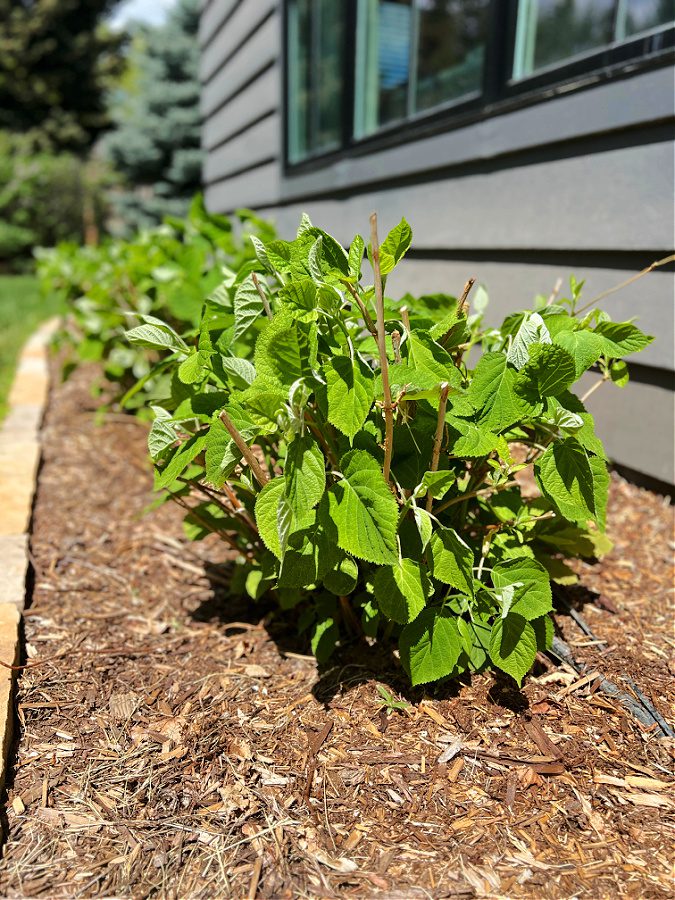
7. How to Get More Blooms on Your Hydrangeas
I don’t know about you but I definitely covet those huge gorgeous hydrangea blooms and I am always looking for ways to get more blooms on my bushes. The best way to get more blooms has to do with pruning and dead heading, your basic hydrangea care.
Getting hydrangeas to bloom depends on several factors, including the variety of hydrangea and how well you care for the plant. Here are some tips for getting your hydrangeas to bloom:
- Prune at the right time: Some hydrangeas bloom on old wood (the previous year’s growth), while others bloom on new wood (this year’s growth). Prune accordingly, and avoid pruning too late in the season or you may remove next year’s blooms. (see section above)
- Give them enough light: Hydrangeas need the right amount of light to bloom. In general, they do best in partial shade, with some direct sunlight in the morning and filtered light in the afternoon.
- Water them regularly: Hydrangeas need regular watering to bloom well. Make sure the soil is consistently moist, but not waterlogged.
- Feed them the right nutrients: Fertilize your hydrangeas with a balanced fertilizer that is high in phosphorus. This nutrient is essential for flower development.
- Adjust the pH of the soil: The color of hydrangea blooms can be affected by the pH of the soil. If you want pink flowers, add lime to raise the pH. For blue flowers, add aluminum sulfate to lower the pH.
By following these tips, you can encourage your hydrangeas to produce beautiful blooms year after year.
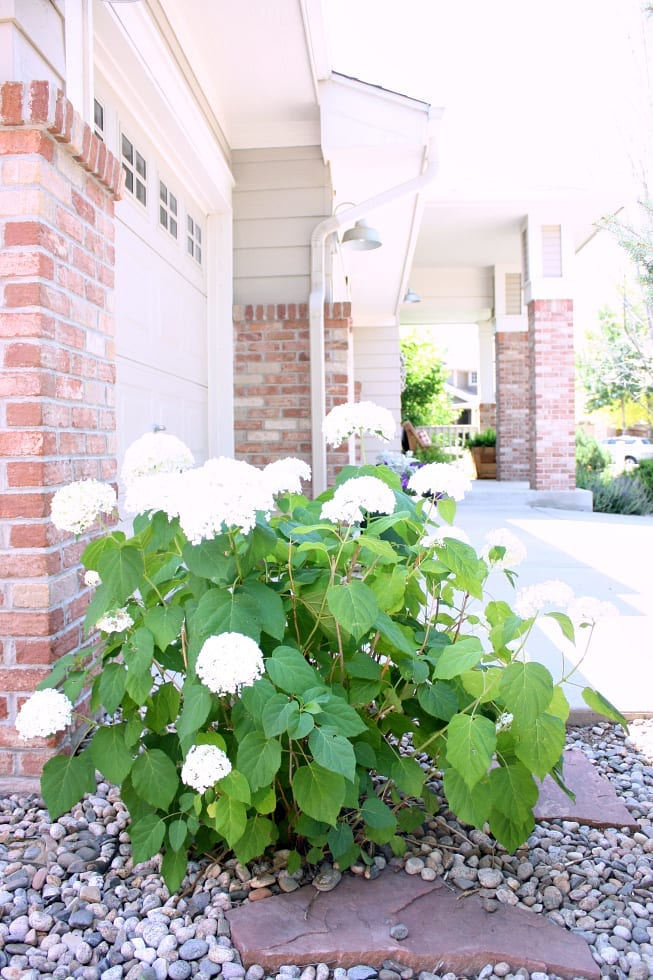
8. Changing the Colors of Your Hydrangeas
Some varieties of hydrangeas are available in pink, blue, and lavender shades. (White of course too!) These types are hard to grow here in Colorado so I have not tried this. But after research this is what I have found on changing the colors of your hydrangeas.
The true color of the hydrangea is actually dependent on the soil that the hydrangea is planted in and dependent on the level of pH and the amount of Alkaline in the soil. A pH that is 6.0 or higher will most likely give you shades of pink flowers while more acidic soils of pH 4.5 to pH 5.5 will produce blue to lavender shades of flowers.
If you have pink flowers and wish to turn them blue, try using some aluminum sulfate to reduce the pH levels in the soil. You can also use lime to raise the pH level if your goal is blue or lavender flowers.
9. Planting Hydrangeas in Pots
Can you grow hydrangea in pots? Yes!
First and foremost, it’s important to choose the right variety of hydrangea for your container. Endless Summer varieties are perfect for growing in pots because they bloom all summer long (hence the name Endless Summer) and only grow 3-4″ tall and 4-5″ wide. So, be sure to choose the smaller variety for your pots.
When planting your hydrangeas in pots, be sure to use a high-quality potting soil that drains well. Hydrangeas don’t like their roots to be too wet, so it’s better to overwater them than underwater them. Also, make sure your pot has drainage holes to allow excess water to escape.
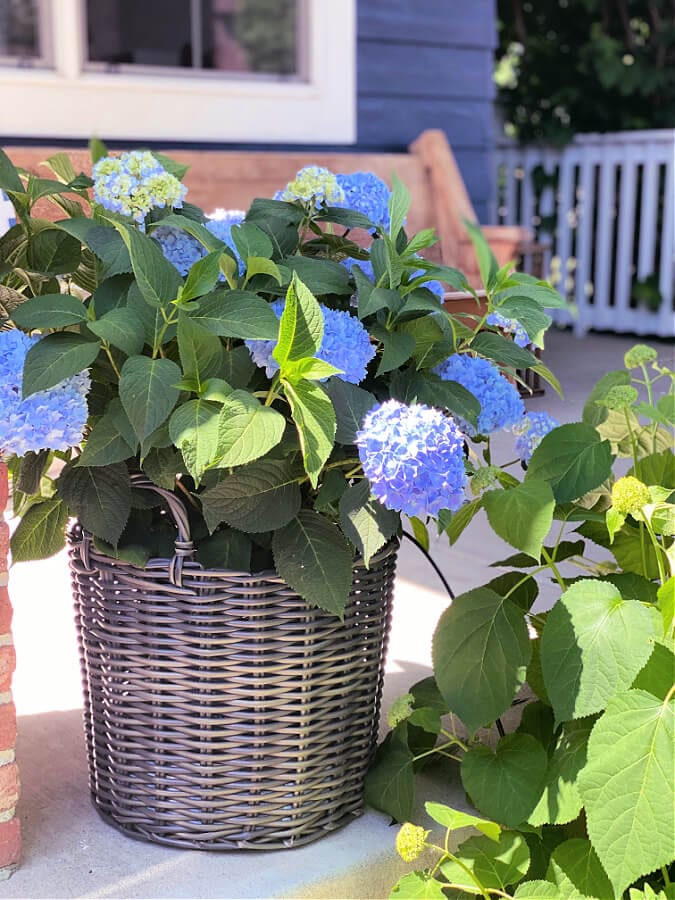
Hydrangeas in pots need regular watering, especially during hot and dry weather. I recommend watering your hydrangeas in the morning to ensure they have enough moisture to last through the day. (Check out my go to hydrangea watering hack here!) And be sure to fertilize your hydrangeas in pots regularly with a fertilizer specifically formulated for these plants.
Finally, when planting hydrangeas in pots, be mindful of their location. Hydrangeas prefer partial shade, so find a spot that gets a few hours of morning sun and then shade in the afternoon. And don’t forget to bring your pots inside if there’s a chance of frost, as these plants are not cold-hardy.
10. Dead Heading Your Hydrangeas
Deadheading your hydrangeas is the process of removing spent flowers and a crucial part of hydrangea care. This is an essential step for maintaining the health of your hydrangea plant and promoting more blooms.
To deadhead your hydrangeas, simply cut the spent blooms down to the next set of healthy leaves. This will encourage new growth and more blooms. Plus, this will allow you to enjoy them in your home!
11. Tips for Drying Hydrangeas
One of my favorite things to do is dry my Annabelle Hydrangeas! Hydrangeas can be dried to create beautiful decorations that will last for months.
And guess what? It is so simple. It has everything to do with the color of the bloom. Now, let me be clear. This is my method for Annabelle and Limelight hydrangeas. Other types can be dried as well and I give those tips along with my step by step method over on this post: The Secret Tip for Drying Hydrangeas
Once dried, you can use the blooms in wreaths, centerpieces, or other decorative arrangements.
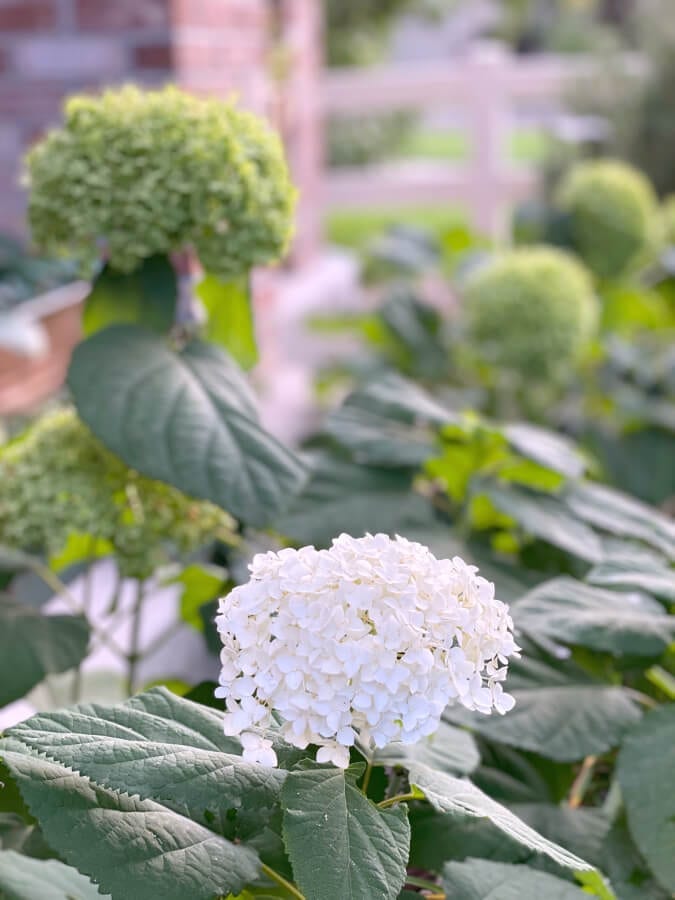
12. Decorating With Hydrangeas
The final thing you need to know about hydrangeas, decorating with them! Hydrangeas are versatile flowers that can be used in a variety of ways to add beauty to your home and you can find them in our home often. Fresh blooms can be used to create stunning flower arrangements that can be placed in vases, on tables, or even on your front porch.
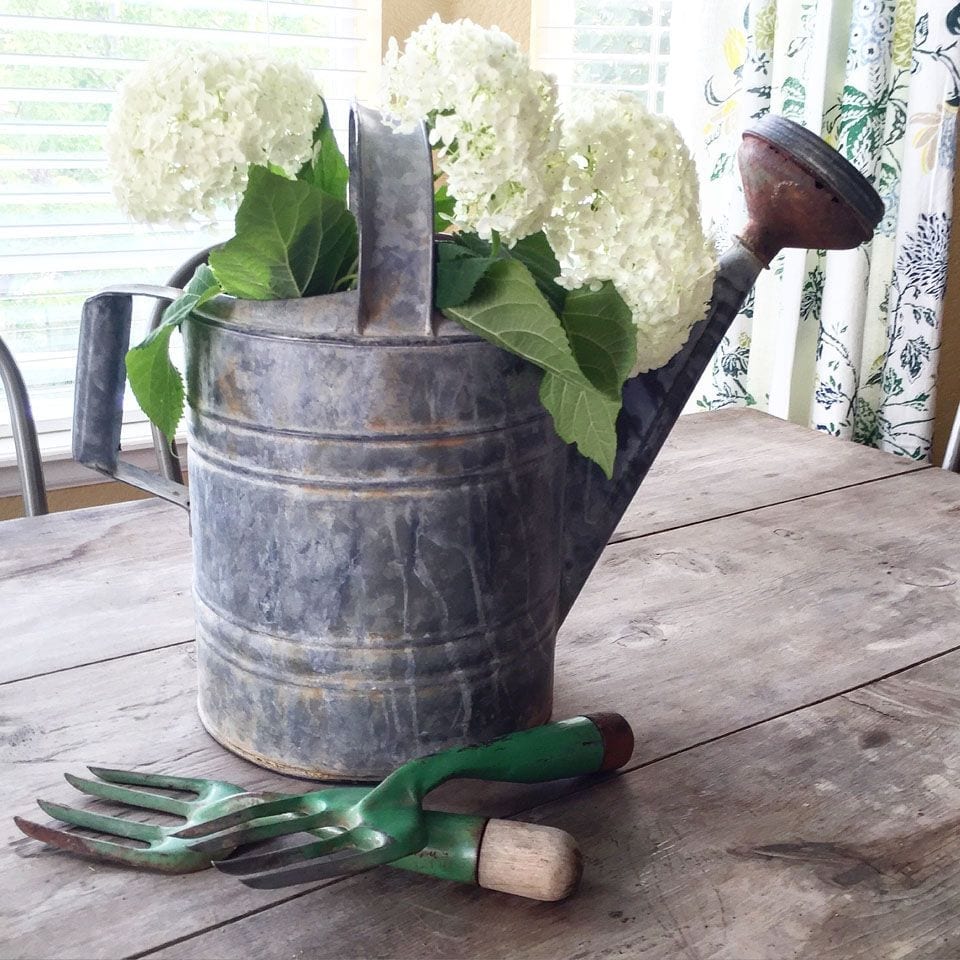
Dried hydrangeas can be used to create wreaths, garlands, or other decorative pieces that will last for months. With a little creativity, you can find many ways to incorporate these beautiful flowers into your home decor. I adore bringing these gorgeous blooms in to my home all the time!
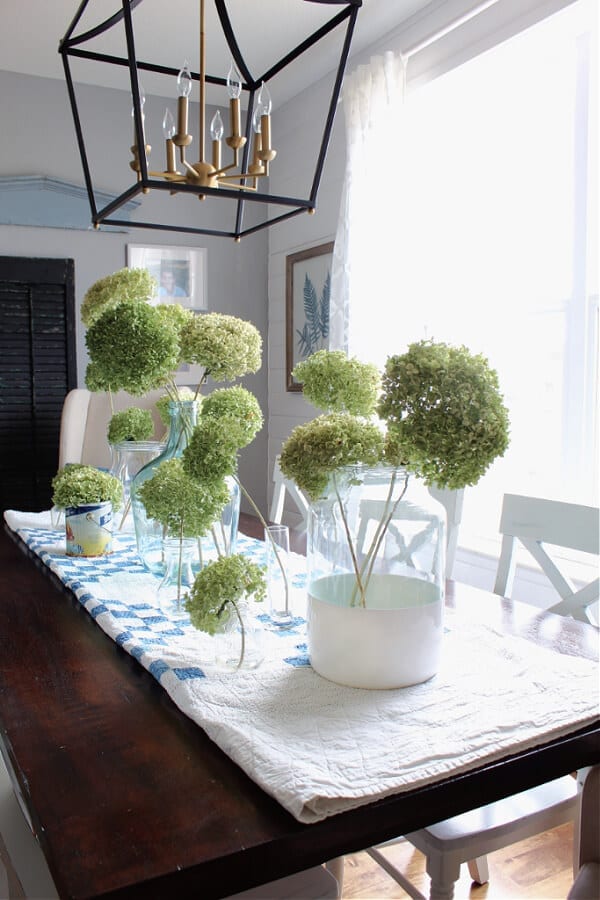
More Hydrangeas Posts You May Like:
- Tips & Tricks for Long Lasting Cut Hydrangeas
- Flea Market Style Spring Centerpiece
- My Secret Tip for Drying Hydrangeas
- DIY Blue Hydrangea Wreath
- The Best Tips for Limelight Hydrangea Trees
12 Things You Need To Know About Hydrangeas
I hope this post has provided you with valuable information on hydrangeas, and hydrangea care and has helped to dispel any concerns you may have had about growing them. What was your favorite of the 12 things you need to know about hydrangeas that I shared?
With the right care and attention, hydrangeas can thrive in your garden and provide you with beautiful blooms year after year. Whether you’re a seasoned gardener or just starting out, there’s always something new to learn about these stunning flowers.
So, get out there and start planting your hydrangeas today! And as always, feel free to reach out to me with any questions or to share your own hydrangea growing tips. Happy gardening!
I’d love to have you hang out with me some more! Feel free to follow along with me on any of the platforms linked below.
LTK | Facebook | Instagram | Pinterest | Amazon
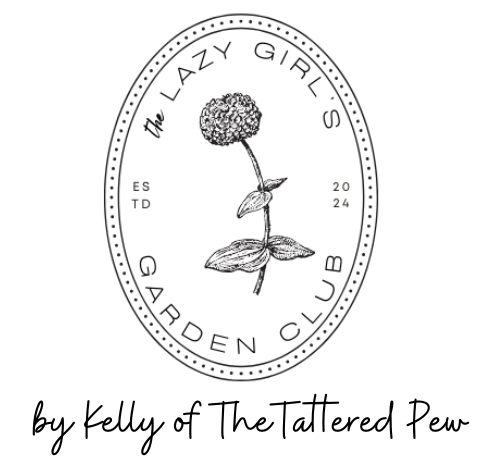
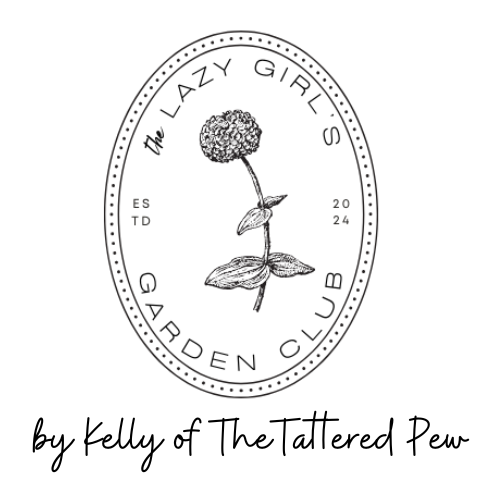
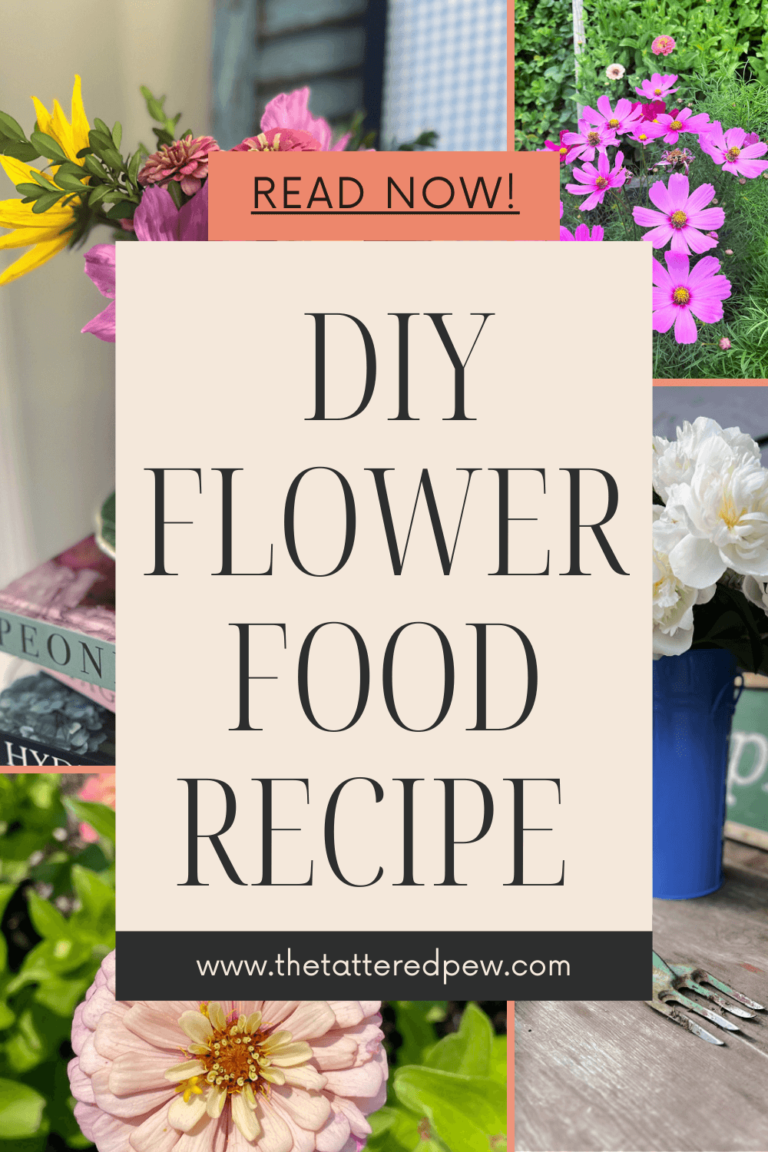
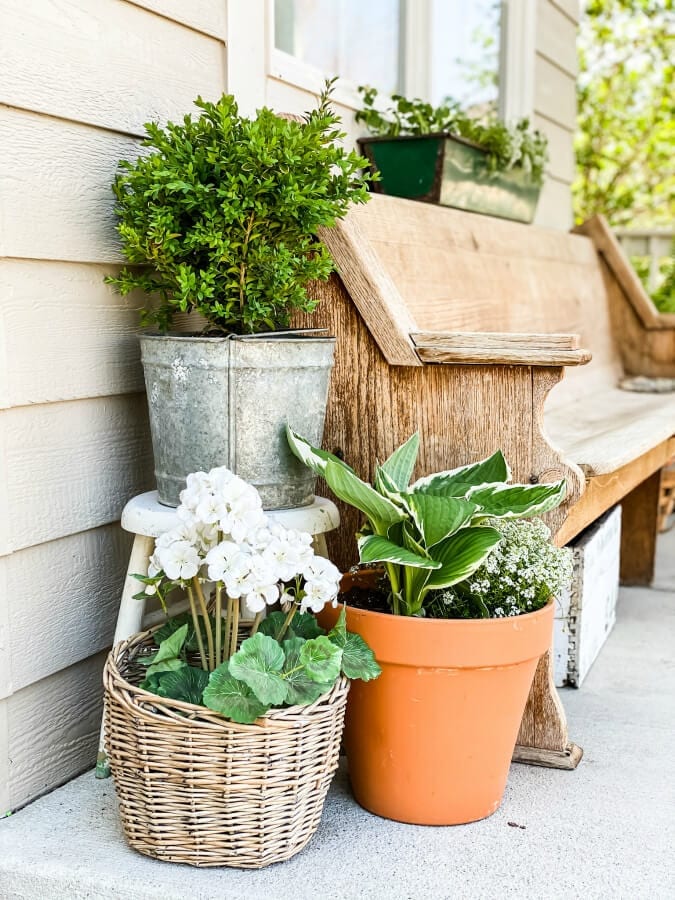
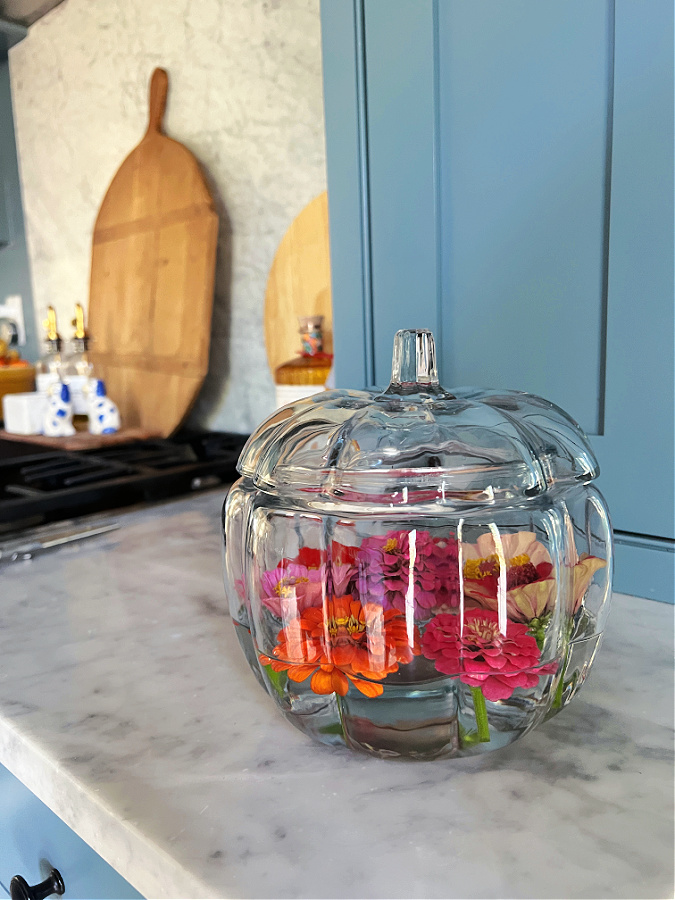
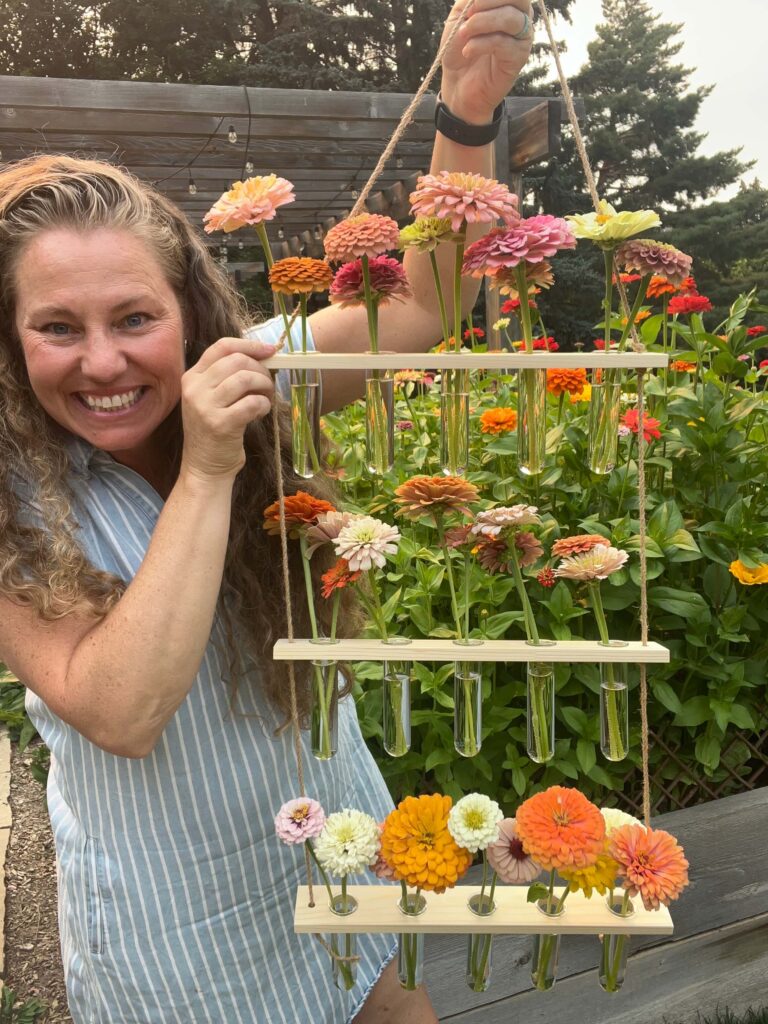
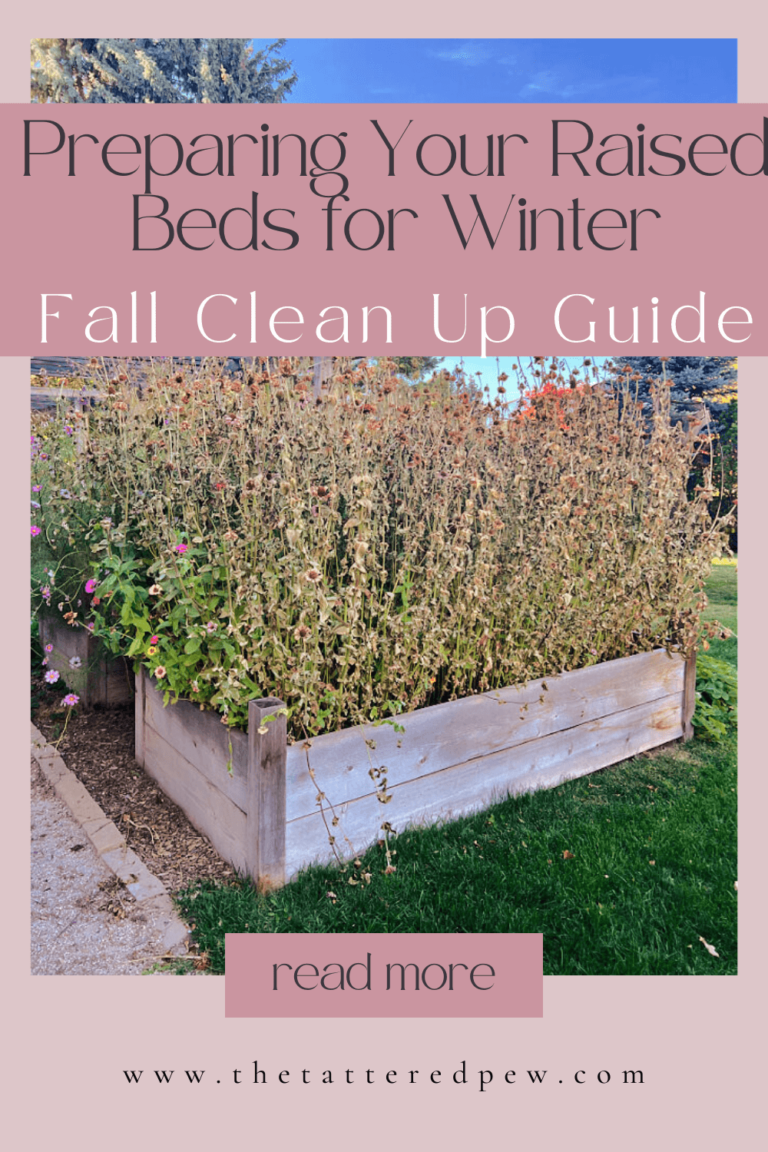
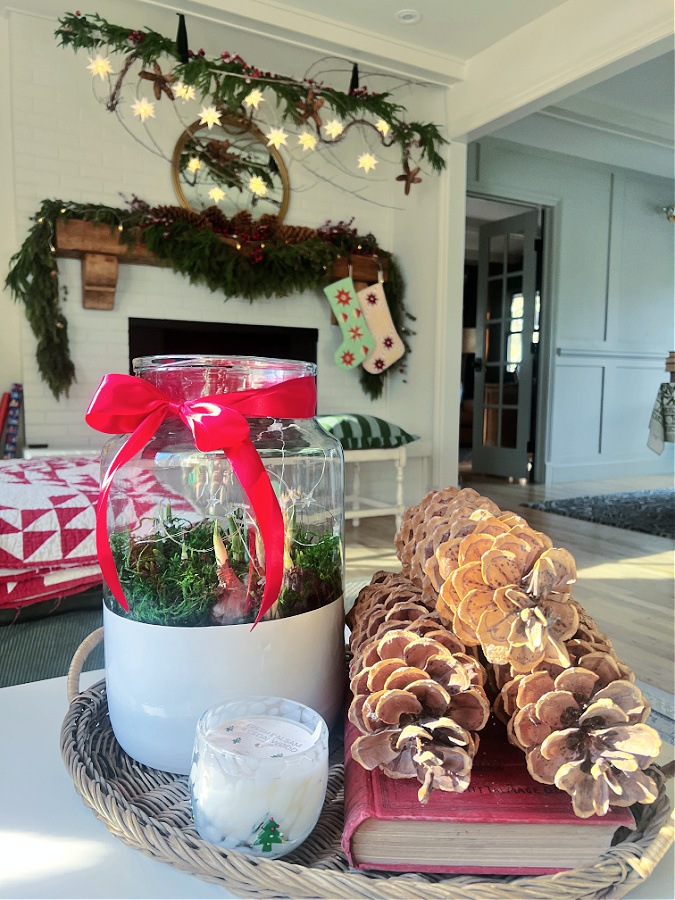
Here are 12 things I didn’t know about hydrangeas
Oh good! I hope it was helpful:)
Love Hydrangeas and have learned some new things, thanks!
Well that is good to hear!